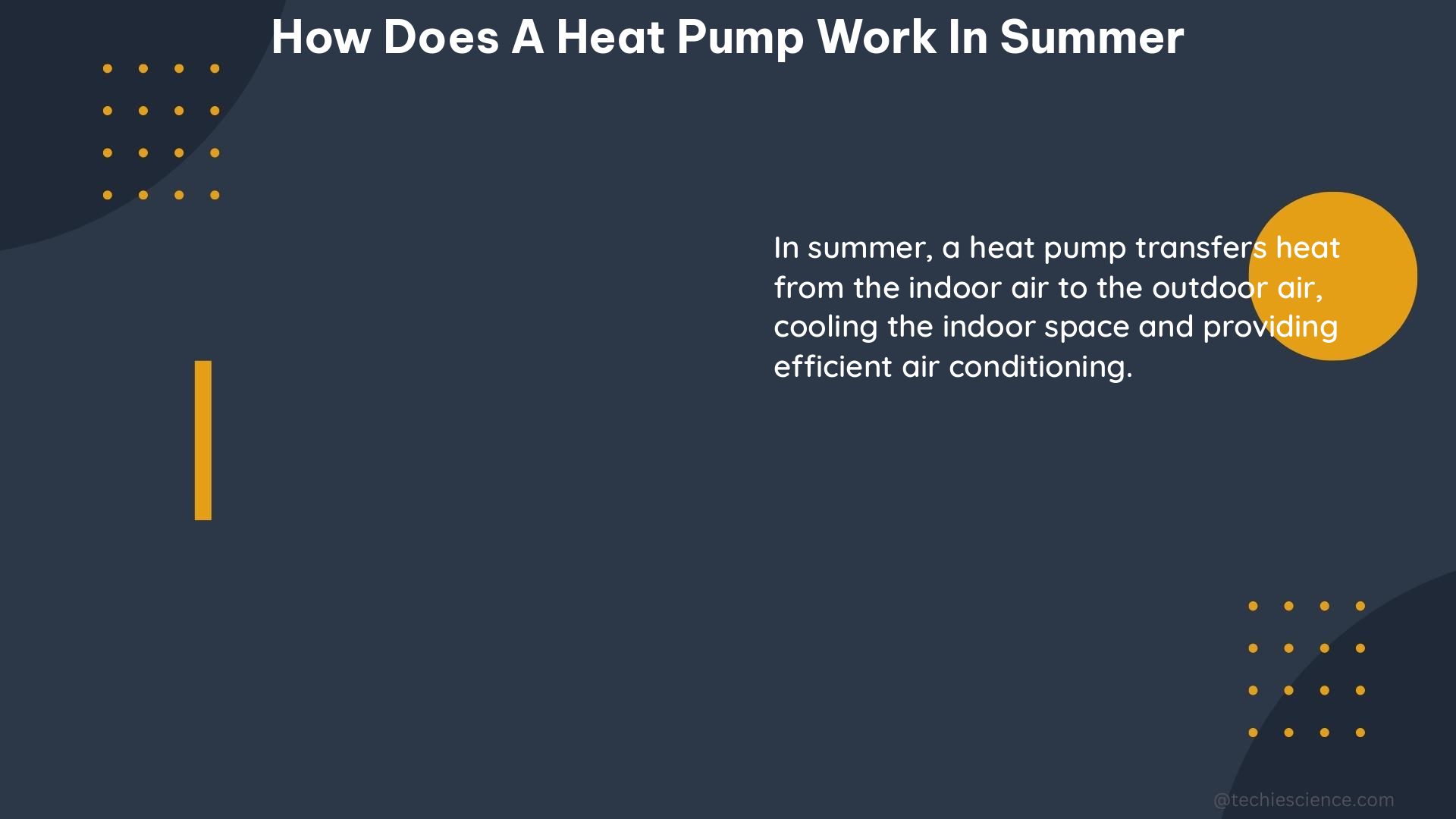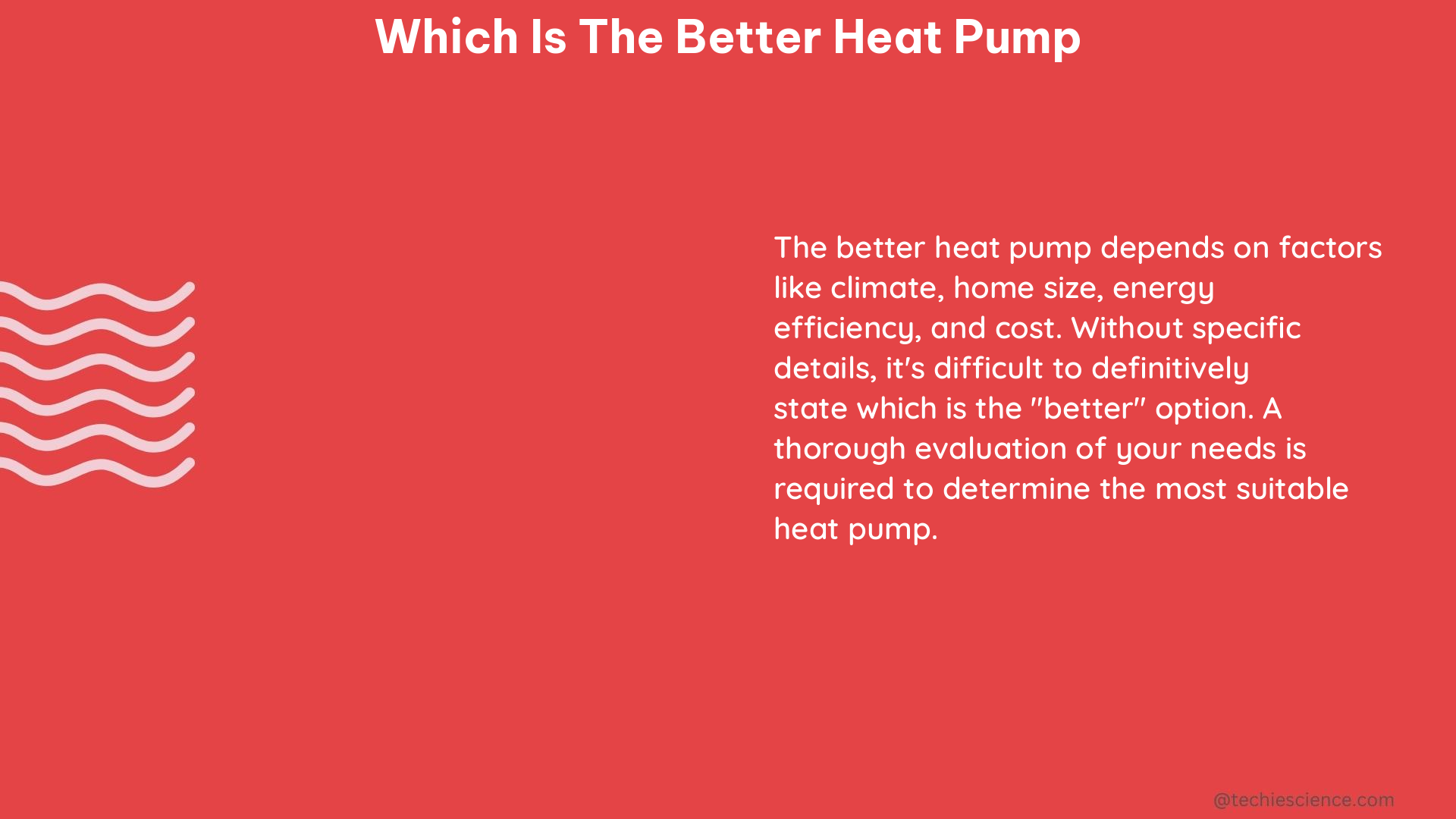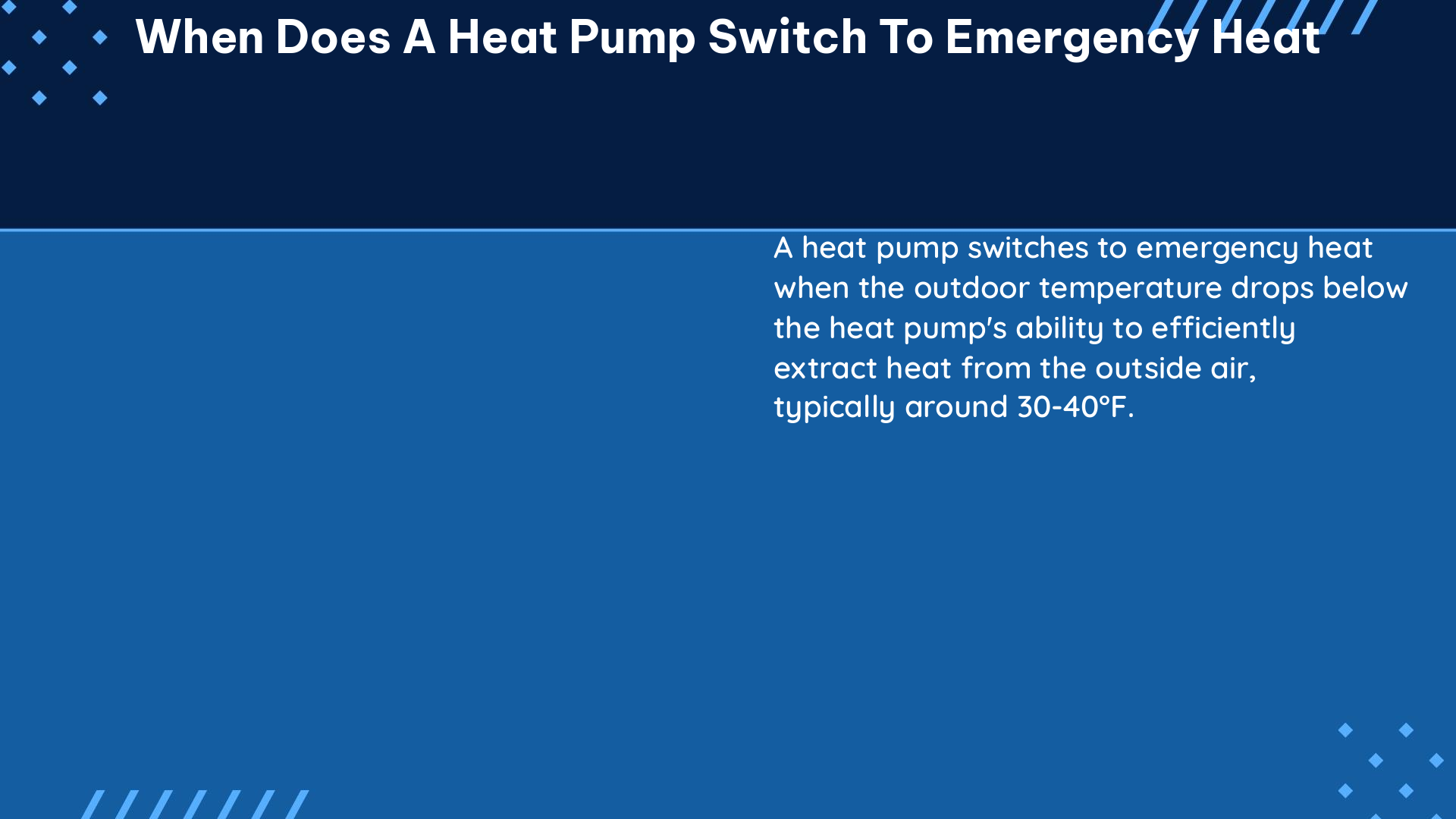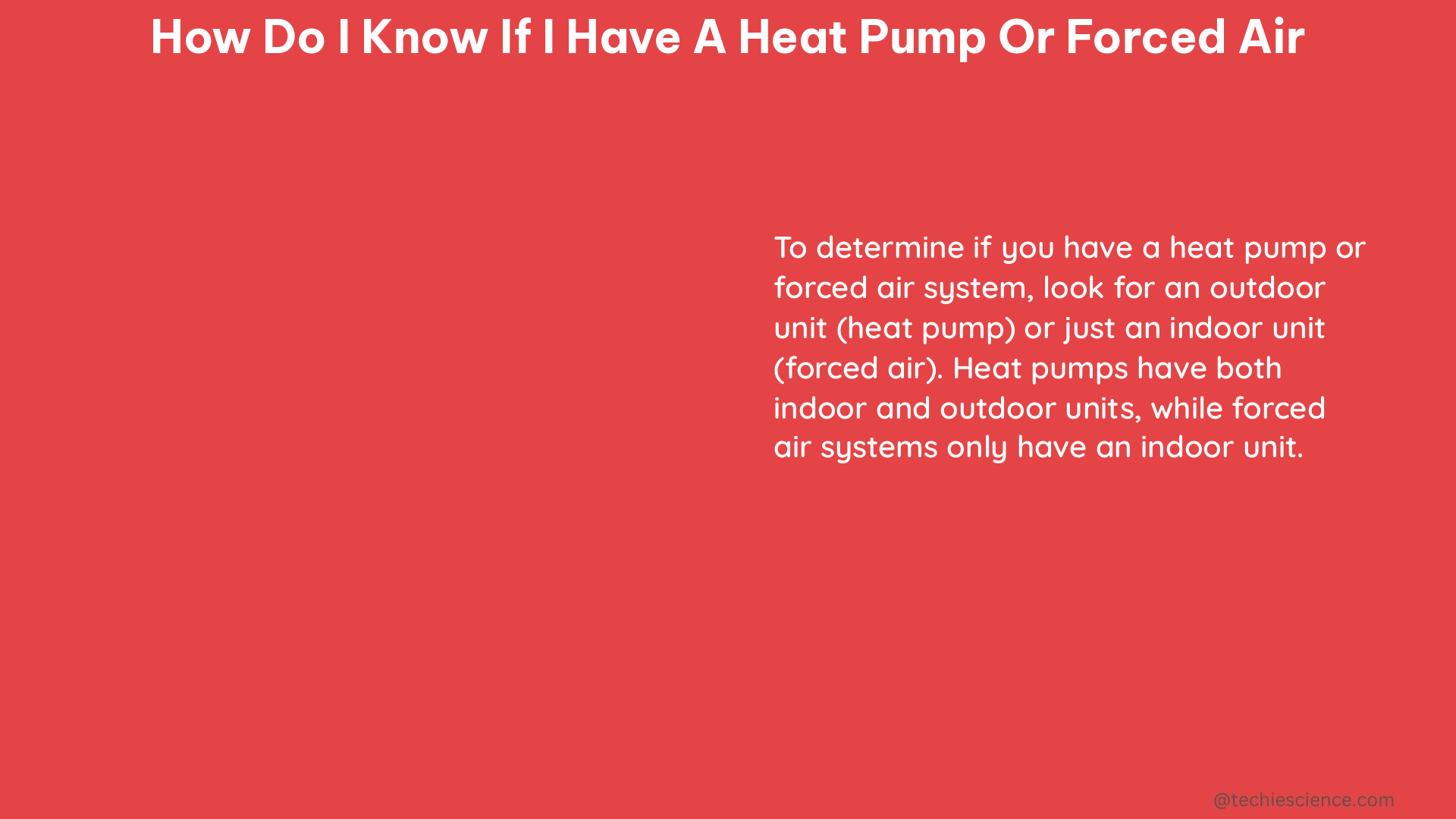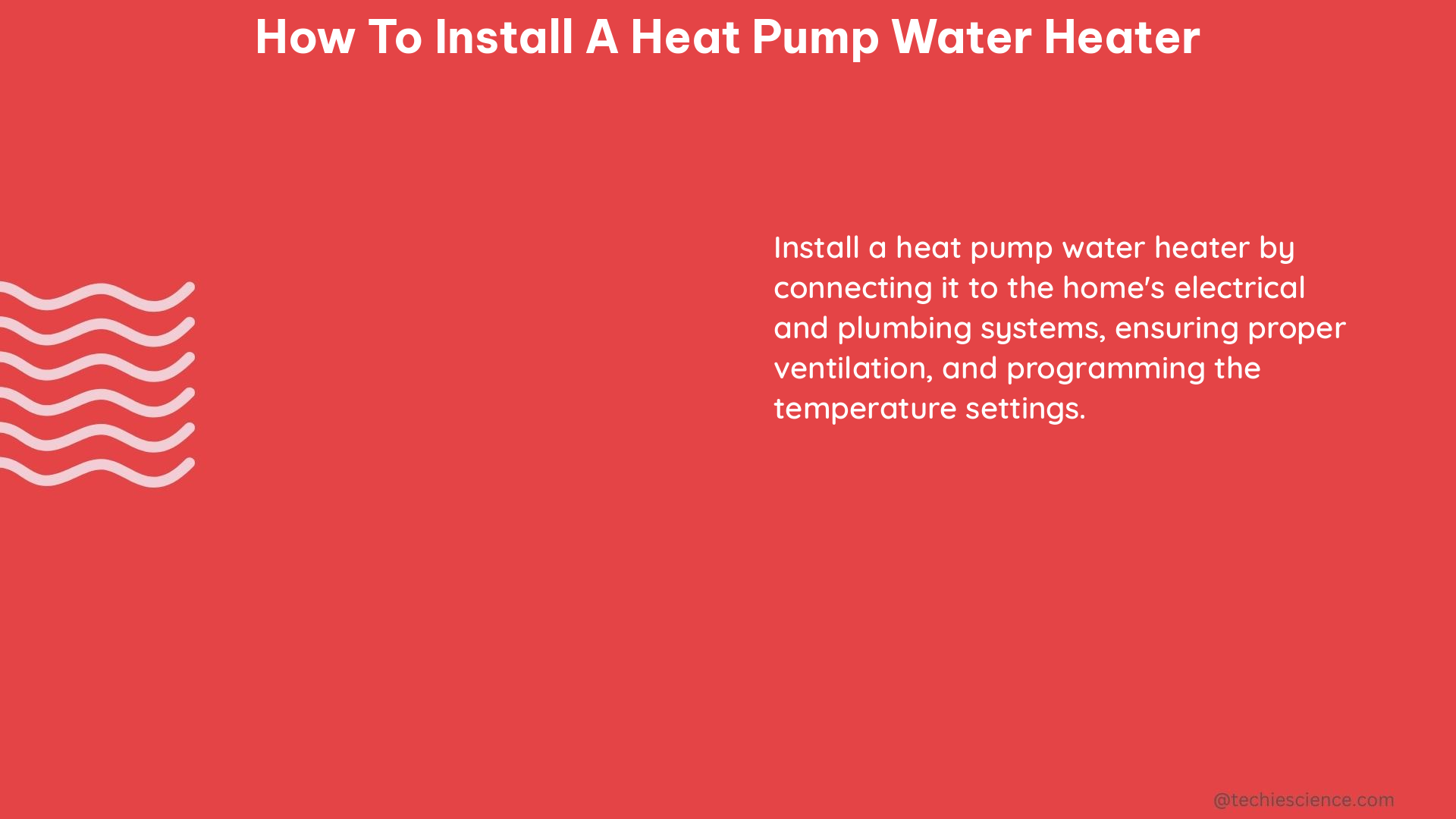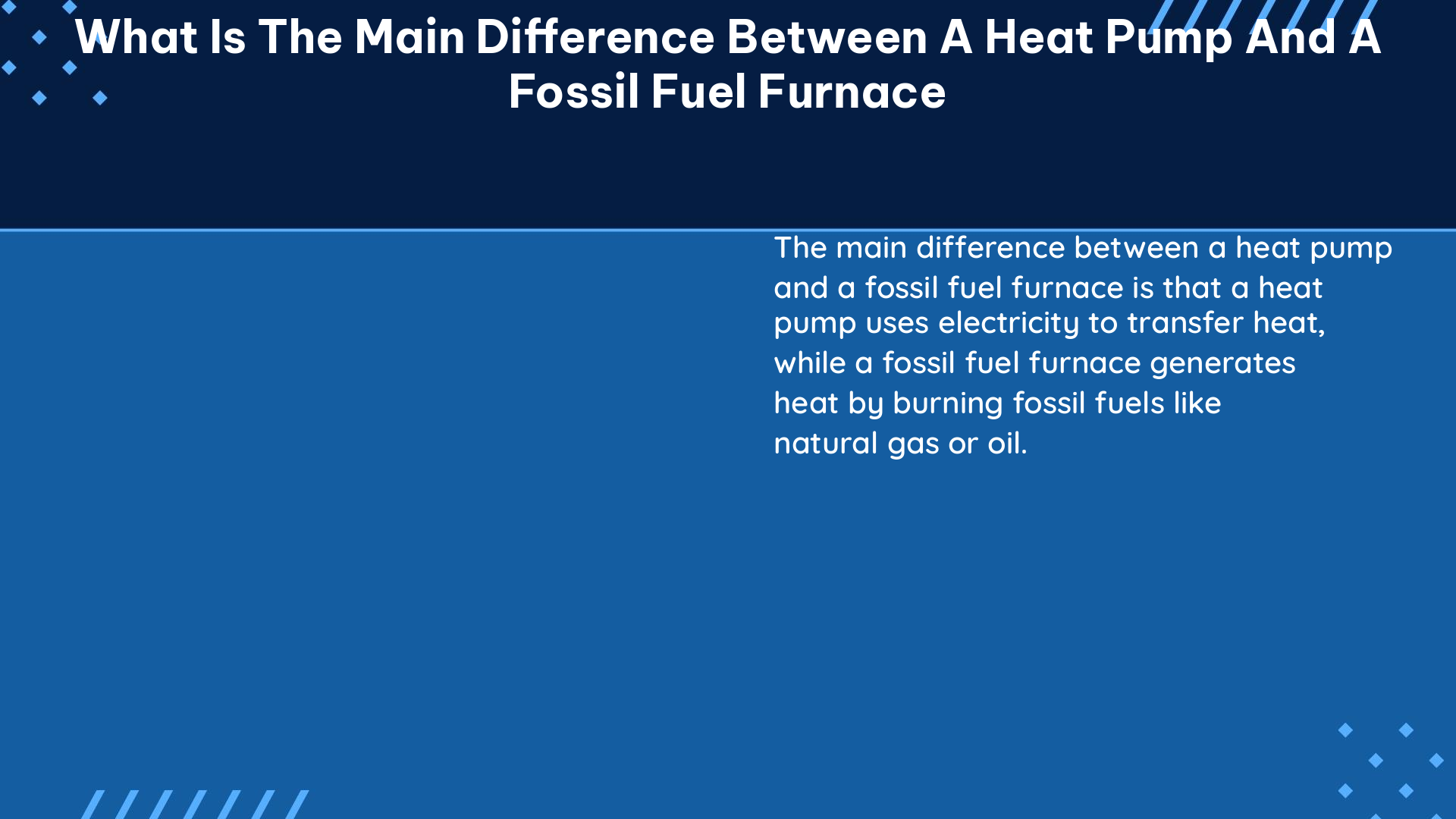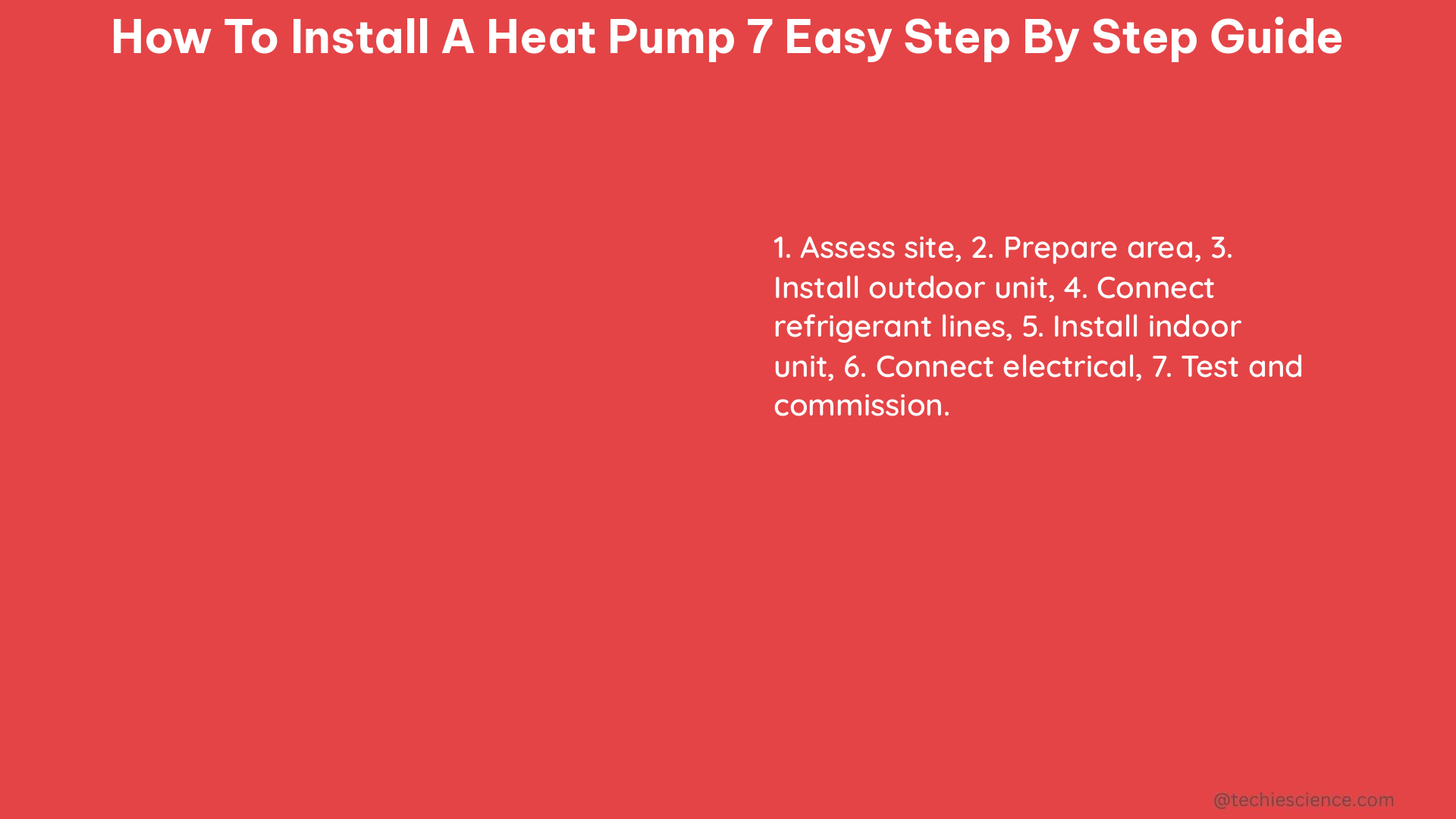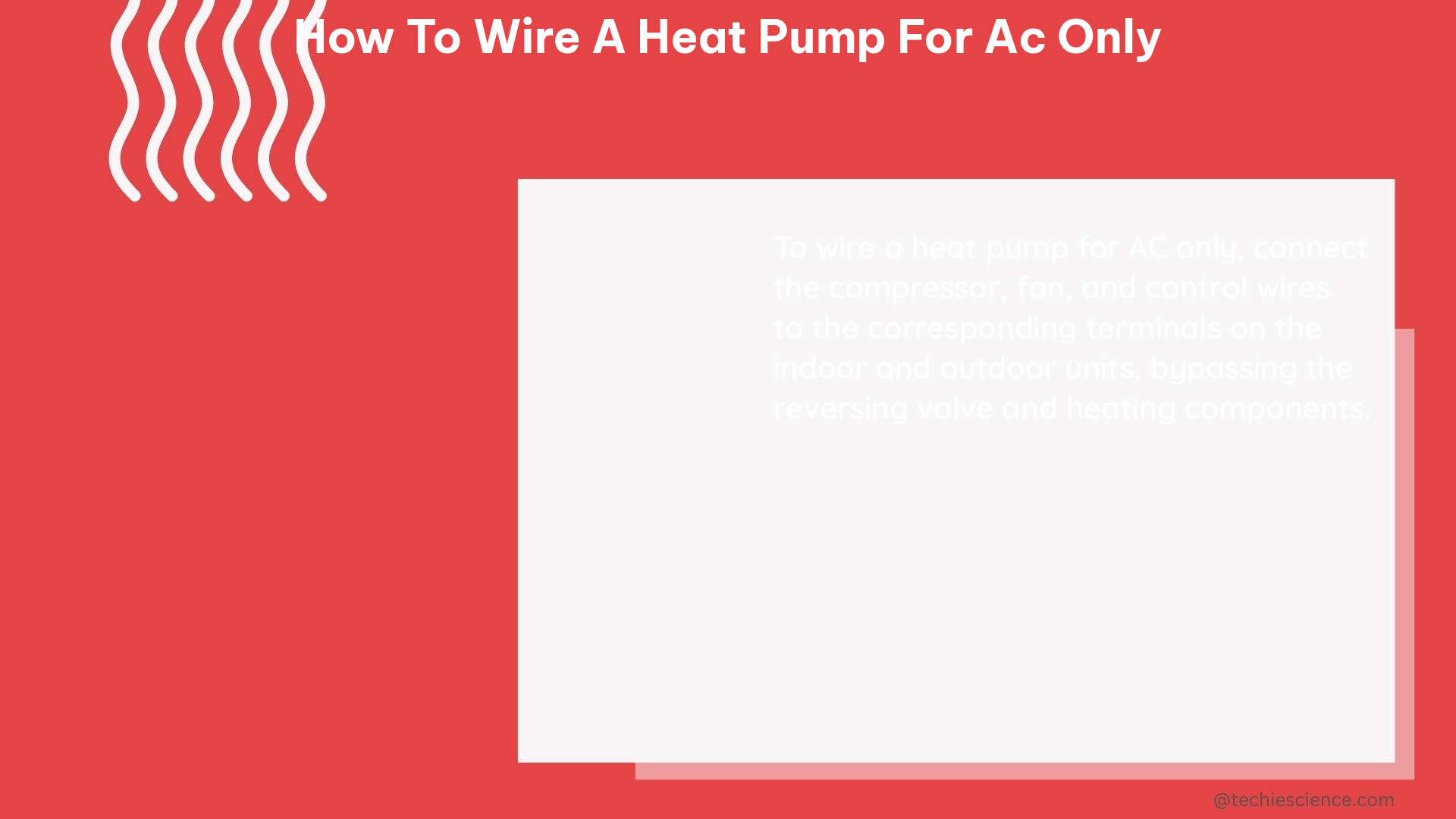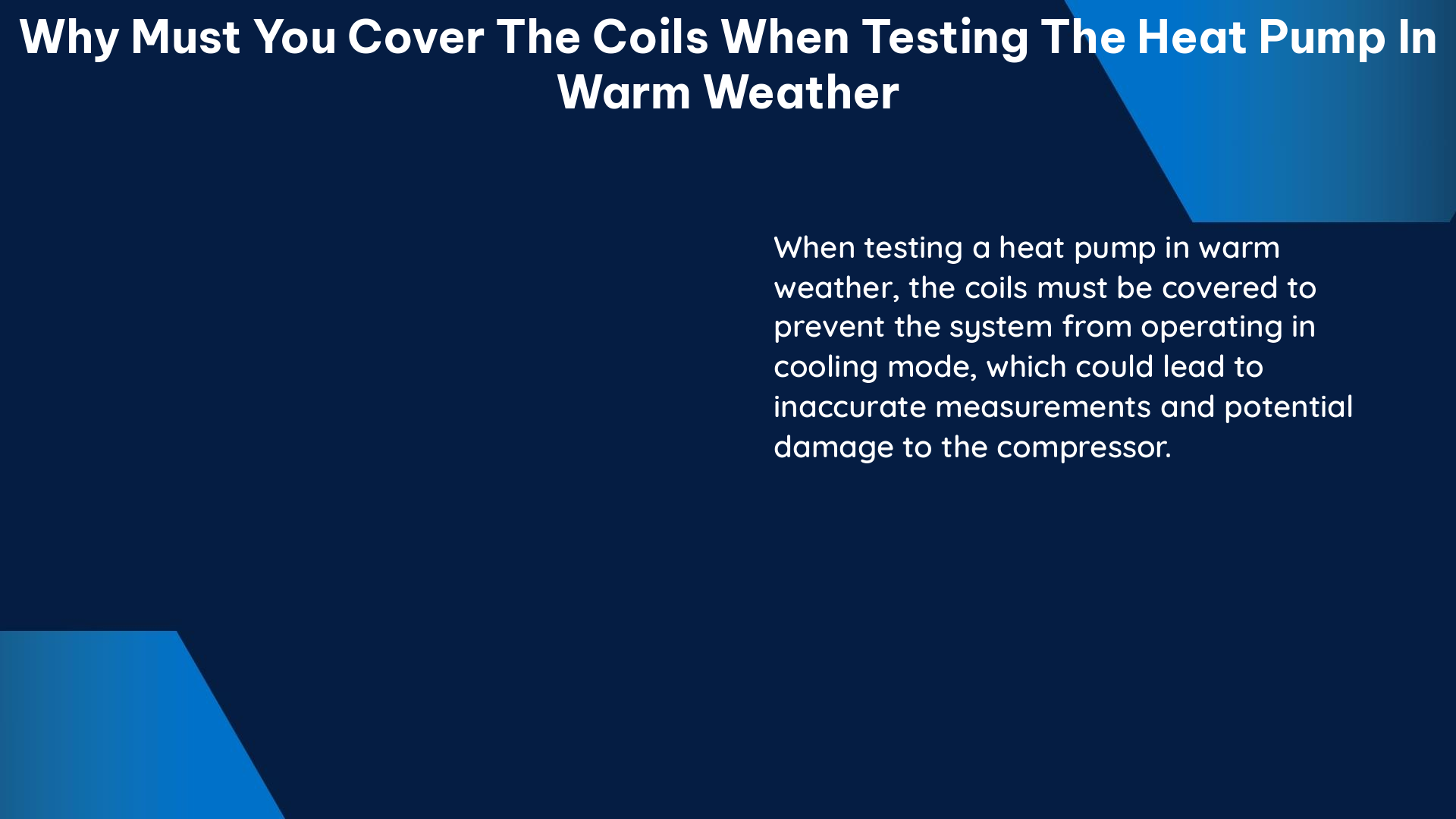A heat pump is a highly efficient HVAC (Heating, Ventilation, and Air Conditioning) system that can both heat and cool a home by transferring heat rather than generating it. In the summer, a heat pump works by absorbing heat from the indoor air and transferring it to the outdoor environment, effectively cooling the indoor space.
The Refrigeration Cycle
The key to how a heat pump works in the summer is the refrigeration cycle. This cycle involves four main components:
- Compressor: The compressor is the “heart” of the heat pump, responsible for circulating the refrigerant throughout the system.
- Condenser: The condenser is the outdoor unit where the heat is released to the outside air.
- Expansion Valve: The expansion valve is a metering device that controls the flow of refrigerant into the evaporator.
- Evaporator: The evaporator is the indoor unit where the heat is absorbed from the indoor air.
Here’s how the refrigeration cycle works in the summer cooling mode:
- The refrigerant enters the compressor as a low-pressure, low-temperature gas.
- The compressor increases the pressure and temperature of the refrigerant, turning it into a high-pressure, high-temperature gas.
- The hot, high-pressure gas enters the condenser, where it releases its heat to the outdoor air, causing the refrigerant to condense into a high-pressure, high-temperature liquid.
- The liquid refrigerant then passes through the expansion valve, where its pressure and temperature drop significantly.
- The low-pressure, low-temperature liquid refrigerant enters the evaporator, where it absorbs heat from the indoor air, causing the refrigerant to evaporate back into a low-pressure, low-temperature gas.
- The low-pressure, low-temperature gas then returns to the compressor, and the cycle repeats.
Efficiency and Performance

The efficiency of a heat pump is often measured by its Coefficient of Performance (COP), which is the ratio of the heat energy transferred to the work required. A higher COP indicates a more efficient system.
In the summer cooling mode, heat pumps typically have a COP ranging from 3 to 5, meaning they can move 3 to 5 units of heat energy for every 1 unit of electrical energy consumed. This makes them significantly more efficient than traditional air conditioners, which typically have a COP of around 2 to 3.
The actual COP of a heat pump can vary depending on several factors, including:
- Outdoor temperature: Heat pumps are generally more efficient in milder climates, as the temperature difference between the indoor and outdoor air is smaller.
- Indoor temperature: The larger the temperature difference between the indoor and outdoor air, the harder the heat pump has to work, reducing its efficiency.
- Refrigerant type: Different refrigerants have different thermodynamic properties, which can affect the COP.
- System design and installation: Proper sizing, ductwork, and installation can significantly impact the heat pump’s efficiency.
Environmental Benefits
In addition to their high efficiency, heat pumps can also provide significant environmental benefits, especially when powered by renewable energy sources such as solar or wind.
Compared to traditional heating systems that rely on fossil fuels, heat pumps can reduce carbon emissions by up to 50% or more, depending on the local electricity grid’s carbon intensity. This makes them a more sustainable and eco-friendly option for heating and cooling homes.
Furthermore, heat pumps do not produce any direct emissions at the point of use, as they do not burn any fuel on-site. This can be particularly beneficial in urban areas or regions with poor air quality, as it helps to reduce local air pollution.
Maintenance and Troubleshooting
To ensure optimal performance and efficiency of a heat pump in the summer, it’s essential to maintain the system properly. Here are some key maintenance tasks:
- Air Filter Cleaning/Replacement: Clean or replace the air filters regularly (typically every 1-3 months) to maintain proper airflow and prevent the buildup of dust and debris.
- Outdoor Unit Cleaning: Keep the outdoor unit free from leaves, grass clippings, and other debris to ensure proper heat transfer.
- Thermostat Adjustment: Set the thermostat to a reasonable temperature, such as 78°F (25.5°C), to balance comfort and energy efficiency.
- Insulation and Ductwork: Ensure the home is properly insulated and that the ductwork is sealed to minimize heat loss or gain, reducing the workload on the heat pump.
- Professional Maintenance: Schedule annual or bi-annual professional maintenance to inspect the system, clean components, and identify any potential issues.
By following these maintenance best practices, homeowners can maximize the efficiency and performance of their heat pump, enjoying a comfortable indoor environment while minimizing energy costs and environmental impact.
Troubleshooting Common Issues
If you encounter any issues with your heat pump during the summer, here are some common problems and potential solutions:
- Insufficient Cooling: This could be due to a variety of factors, such as a dirty air filter, a malfunctioning compressor, or a refrigerant leak. Check the air filters and the outdoor unit, and consider calling a professional for further diagnosis and repair.
- Short Cycling: If the heat pump is turning on and off frequently, it could be a sign of a problem with the thermostat, the compressor, or the refrigerant charge. Adjust the thermostat settings and check for any refrigerant leaks.
- Loud or Unusual Noises: Strange noises, such as grinding, squealing, or banging, may indicate a problem with the compressor, the fan, or other moving parts. Turn off the system and call a professional for inspection and repair.
- Iced Coils: If the indoor coil (evaporator) is icing up, it could be due to a low refrigerant charge, a malfunctioning defrost cycle, or poor airflow. Check the air filters and the outdoor unit, and consider calling a professional for further diagnosis.
By being proactive with maintenance and addressing any issues promptly, homeowners can ensure their heat pump continues to operate efficiently and effectively throughout the summer months.
References:
– How Heat Pumps Work in Summer
– Heat Pumps Work Miracles
– How Do Heat Pumps Work?
